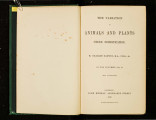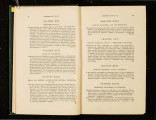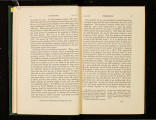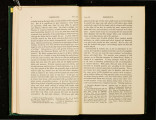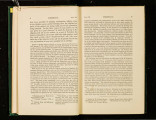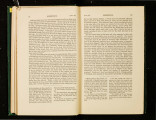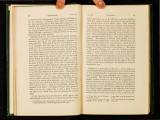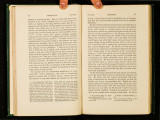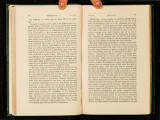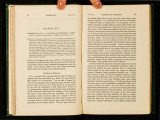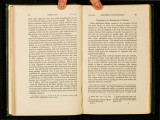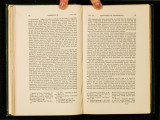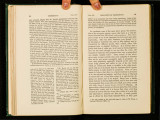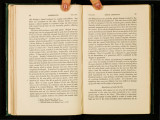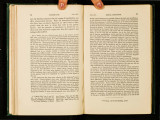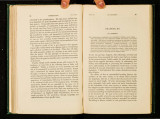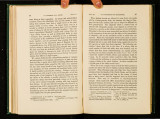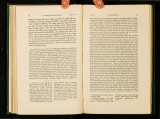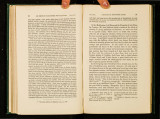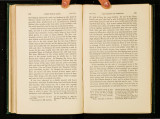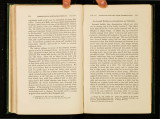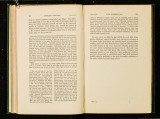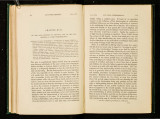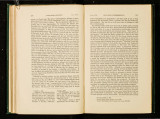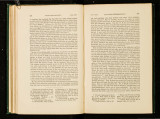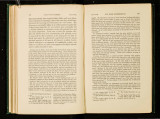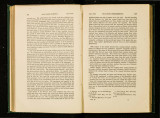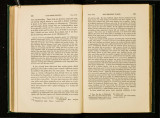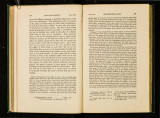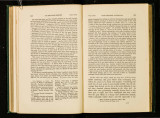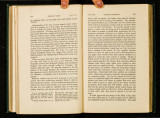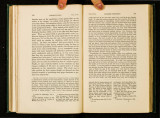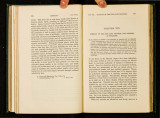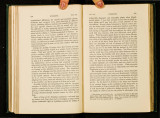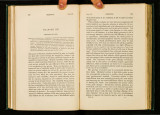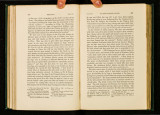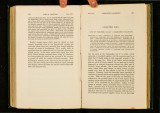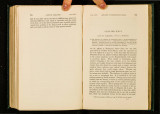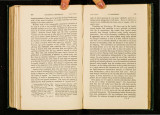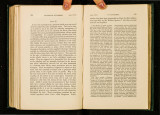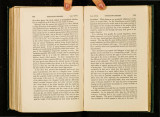| OCR Text |
Show 172 STERILITY. CHAP. XVIII. aceous. This latter fact is well shown by the male flowers of dioocious plants, which, according to Gallesio, 115 first become double. Again, Gartner 116 often insists that the flowers of even utterly sterile hybrids, which do not produce any se~d, g~nerally yield perfect capsules or fruit,-a fact which has likewise been repeatedly observed by Naudin with the Cucurbitacere; so that the production of fruit by plants rendered sterile through any other and distinct cause is intelligible. Kolreuter has also expressed his unbounded astonishment at the size and development of the tubers in certain hybrids; and aU experimentalists 117 have remarked on the strong tendency in hybrids to increase by roots, runners, and suckers. Seeing that hybrid plants, which from their nature are more or less sterile, thus tend to produce double flowers; that they have the parts including the seed, that is the fruit, perfectly developed, even when containing no seed; that they sometimes yield gigantic roots ; that they almost invariably tend to increase largely by suckers and other such means ;-seeing this, and knowing, from the many facts given in the earlier parts of this chapter, that almost all organic beings when exposed to unnatural conditions tend to become more or less sterile, it seems much the most probable view that with cultivated plants sterility is the exciting cause, and double flowers, rich seedless fruit, and in some cases largely-developed organs of vegetation, &c., are the indirect results-these results having been in most cases largely increased through continued selection by man. 115 'Teoria della Riproduzione Veg.,' 1816, p. 73. m 'Bastarderzeugung,' s. 573. lli Ibid., s. 527. CHAP. XIX. SUMMARY OF THE FOUR LAST CHAPTERS. 173 CHAPTER XIX. SUMMARY OF THE FOUR LAST CHAPTERS, WITH REMARKS ON HYBRIDISM. ON THE EFFEOI'S OF CROSSING - THE INFLUENCE OF DOMESTICATION ON FERTILITY - CLOSE INTERBREEDING- GOOD AND EVIL RES"CLTS FROM CHANGED CONDITIONS OF LIFE-VARIETIES WHEN CROSSED NOT INVARIABLY FERTILE-ON THE DIFFERENCE IN FERTILITY BETWEEN CROSSED SPECIES AND VARIETIES- CONCLUSIONS WITH RESPECT TO HYBRIDISM- LIGHT THROWN ON HYBRIDISM BY THE ILLEGITIMATE PROGENY OF DIMORPIDC AND TRIMORPHIC PLANTS - STERil,ITY OF CROSSED SPECIES DUE TO DIFFERENCES CONFINED TO THE REPROD"CC'TIVE SYSTEM - NOT ACCUMULATED THRO"CGH NATURAL SELECTION-REASONS WHY DOMESTIC VARIETIES ARE NOT MUTUALLY STERILE - TOO MUCH STRESS HAS BEEN LAID ON THE DIFFERENCE IN FERTILITY BETWEEN CROSSED SPECIES AND CROSSED VARIETIES - CONCLUSION. IT was shown in the fifteenth chapter that when individuals of the same variety, or even of a distinct variety, are allowed freely to intercross, uniformity of character is ultimately acquired. Some few characters, however, are incapable of fusion, but these are unimportant, as they are almost always of a semi-monstrous nature, and have suddenly appeared. Hence, to preserve our domesticated breeds true, or to improve them by methodical selection, it is obviously necessary that they should be kept separate. Nevertheless, through unconscious selection, a whole body of individuals may be slowly modified, as we shall see in a future chapter, without separating them into distinct lots. Domestic races have often been intentionally modified by one or two crosses, made with some allied race, and occasionally even by repeated crosses with very distinct races ; but in almost all such cases, long-continued and careful selection has been absolutely necessary, owing to the excessive variability of the crossed offspring, due to the principle of reversion. In a few instances, however, mongrels have retained a uniform character from their first production~ When two varieties are allowed to cross freely, and one IS |





